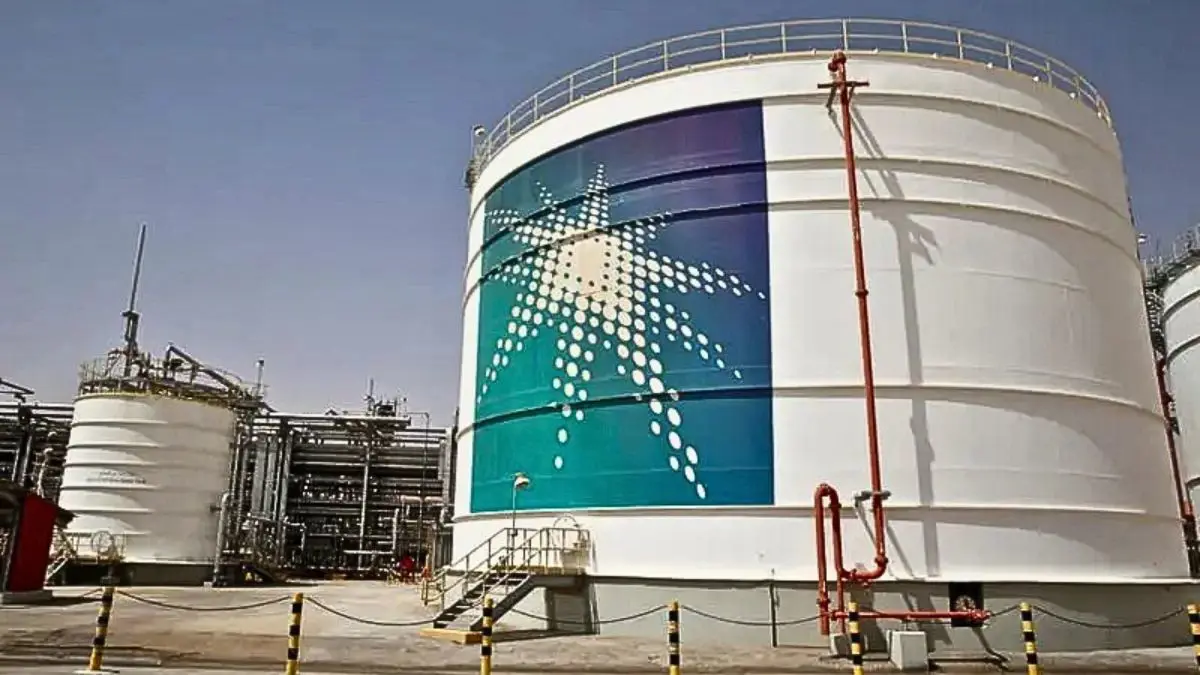Saudi Aramco and Sonatrach announce significant LPG price cuts
09 Jan 2025

In a move set to impact global energy markets, Saudi Aramco and Algeria’s Sonatrach have announced substantial price cuts for liquefied petroleum gas (LPG), signaling efforts to remain competitive amidst fluctuating global demand and shifting energy policies.
Saudi Aramco, the world’s largest oil producer, announced a reduction in its propane and butane prices for January 2025. Propane prices are set at $580 per metric ton, a decrease of $30 from the previous month, while butane prices have been cut by $40, now priced at $570 per metric ton. These adjustments are anticipated to provide relief to industrial and domestic LPG consumers across Asia and the Middle East, where Aramco’s pricing sets a benchmark.
Sonatrach, Algeria’s state-owned oil and gas company, followed suit with a 5% reduction in its export prices for LPG. This adjustment aligns with Sonatrach’s strategy to enhance market share in Europe, particularly during the winter season when LPG demand typically peaks for heating purposes. The company cited increased competition and a focus on strengthening ties with European buyers as key factors behind the decision.
Drivers behind the price cuts
Energy analysts attribute these price reductions to several factors, including easing geopolitical tensions in the Middle East, improved supply chains, and a relatively mild winter in key markets. Additionally, the global push for renewable energy and declining consumption in traditional markets have pressured producers to adjust prices to maintain demand.
"These price cuts reflect a balancing act by major producers to support demand while managing the evolving energy landscape," said Dr. Lina Khaled, an energy economist. "Both companies are adapting to market realities, including competition from U.S. shale exports and Europe’s commitment to diversifying energy sources."
The reductions are likely to influence LPG prices globally, with ripple effects on both wholesale and retail markets. Import-dependent nations, particularly in South Asia and Africa, could benefit from reduced costs, providing relief to industries reliant on LPG as a feedstock, such as petrochemicals and manufacturing.
However, smaller producers may face challenges in maintaining profitability amidst a more competitive pricing environment. Industry observers will be closely monitoring whether other major LPG exporters, such as Qatar and the United States, follow suit.
Outlook
The price cuts come as energy giants navigate a period of transformation, with increased focus on sustainability and decarbonization. Both Saudi Aramco and Sonatrach are investing heavily in diversifying their energy portfolios, exploring hydrogen, and other cleaner fuels to secure their long-term positions in a shifting global energy paradigm.
While the immediate impact of these price reductions is welcomed by consumers and industrial players, the long-term implications for the LPG industry remain to be seen. Market watchers predict further adjustments in the coming months as producers respond to dynamic supply-demand equations and geopolitical developments.
FAQs:
1. Why did Saudi Aramco and Sonatrach reduce their LPG prices?
Both Saudi Aramco and Sonatrach lowered their LPG prices due to weaker global demand for the fuel. This reduction reflects market conditions where consumption of LPG has decreased.
2. By how much did Saudi Aramco and Sonatrach reduce their LPG prices?
Saudi Aramco reduced its propane price by $10 to $625 per metric ton and butane by $15 to $615 per ton. Sonatrach cut propane by $35 to $550 per ton and butane by $25 to $560 per ton.
3. What are the uses of LPG?
LPG is mainly used as fuel in vehicles, for heating homes and businesses, and in cooking. It is also an essential feedstock for producing various petrochemicals.
4. How do these price cuts affect the global LPG market?
The price cuts signal weaker demand for LPG, which may lead to price adjustments across various regions. These reductions can affect both producers and consumers, especially in countries relying on LPG imports.
5. How are Saudi Aramco's and Sonatrach's prices set?
Saudi Aramco’s LPG prices are used as a benchmark for contracts in the Asia-Pacific region, while Sonatrach’s prices serve as reference points for the Mediterranean and Black Sea regions, including Turkey.
6. What factors contribute to fluctuating LPG prices?
LPG prices are influenced by global supply and demand dynamics, geopolitical factors, production levels, and seasonal changes in fuel consumption.
7. How does LPG pricing affect consumers?
Price fluctuations in LPG can directly impact the cost of heating, cooking, and fueling vehicles. Lower prices may benefit consumers, but sustained price drops could indicate broader economic challenges in the energy market.






















